Trinucleotide Repeat Expansion Huntington's Disease
Trinucleotide repeat expansion huntington's disease. DNA damage repair DDR mechanisms have been implicated in a number of neurodegenerative diseases both genetically determined and sporadic. Huntingtons disease HD is an autosomal dominant neurodegenerative disorder caused by an expanded CAGn repeat on the huntingtin gene. All Osmosis Notes are clearly laid-out and contain striking images tables and diagrams to help visual learners understand complex topics quickly and efficiently.
Molecular Biology of Huntington Disease HD is caused by expansion of a CAG trinucleotide repeat in the first exon of the huntingtin gene symbol HTT located on chromosome 4p163 spans over 200 kb and is composed of 67 exons that encode a protein in the normal non-triplet expanded state of approximately 3145 amino acids. Huntington disease HD is a neurodegenerative disease of mid-life onset that produces choreic movements and cognitive decline often accompanied by psychiatric changes. This is thought to be caused by an expanded unstable trinucleotide repeat in the huntingtin gene which translates as a polyglutamine repeat in the protein product.
Patients were divided into those with short mutations 37 to 46 repeats. Huntingtons disease-like phenotype due to trinucleotide repeat expansions in the TBP and JPH3 genes. Stevanin G 1 Fujigasaki H Lebre AS Camuzat A Jeannequin C Dode C Takahashi J San C Bellance R Brice A Durr A.
It is characterised by motor psychiatric and cognitive disturbances. The HTT mutation that causes Huntington disease involves a DNA segment known as a CAG trinucleotide repeat. Prominent features include choreiform movements dysarthria ataxia depression dementia and personality changes.
The Huntingtons disease and fragile X syndrome are occurred due to the imbalance in trinucleotide repeats and we discussed both diseases in brief. We examined the relationship between length of the trinucleotide CAG repeat at IT-15 and clinical progression of Huntingtons disease in 46 mildly to moderately affected patients over a 2-year interval. This segment is made up of a series of three DNA building blocks cytosine adenine and guanine that appear multiple times in a row.
A novel gene containing a trinucleotide repeat that is expanded and unstable on Huntingtons disease. Consistent with this recent genome-wide association studies in Huntingtons disease HD and other trinucleotide repeat expansion diseases have highlighted genes involved in DDR mechanisms as modifiers for age of onset rate of. This Osmosis High-Yield Note provides an overview of Trinucleotide repeat expansion disease essentials.
The disease is caused by an expansion of the CAG repeats in 3-5 out of 100000 individuals. I researched the prevalence of both types of disease and I thought that it is important to cover the trinucleotide repeat expansion disorders or trinucleotide repeat expansion in detail.
N 25 and those with long mutations or 47 repeats.
Prominent features include choreiform movements dysarthria ataxia depression dementia and personality changes. Patients were divided into those with short mutations 37 to 46 repeats. This gene includes trinucleotide repeats ranging from 10 to 35 and when expanded beyond 39 causes HD. Huntington disease HD is a neurodegenerative disease of mid-life onset that produces choreic movements and cognitive decline often accompanied by psychiatric changes. Molecular Biology of Huntington Disease HD is caused by expansion of a CAG trinucleotide repeat in the first exon of the huntingtin gene symbol HTT located on chromosome 4p163 spans over 200 kb and is composed of 67 exons that encode a protein in the normal non-triplet expanded state of approximately 3145 amino acids. Stevanin G 1 Fujigasaki H Lebre AS Camuzat A Jeannequin C Dode C Takahashi J San C Bellance R Brice A Durr A. Huntingtons disease has autosomal dominant inheritance meaning that an affected individual typically inherits one copy of the gene with an expanded trinucleotide repeat the mutant allele from an affected parent. We examined the relationship between length of the trinucleotide CAG repeat at IT-15 and clinical progression of Huntingtons disease in 46 mildly to moderately affected patients over a 2-year interval. Huntingtons disease HD is associated with the expansion of a CAG trinucleotide repeat in a novel gene.
A fairly broad range of trinucleotide repeats 9-35 has been identified in normal controls. We have assessed 360 HD individuals from 259 unrelated families and found a. DNA damage repair DDR mechanisms have been implicated in a number of neurodegenerative diseases both genetically determined and sporadic. Furthermore the protocol can be applicable for modeling other diseases caused by trinucleotide repeat expansion. Huntingtons disease-like phenotype due to trinucleotide repeat expansions in the TBP and JPH3 genes. Consistent with this recent genome-wide association studies in Huntingtons disease HD and other trinucleotide repeat expansion diseases have highlighted genes involved in DDR mechanisms as modifiers for age of onset rate of. Stevanin G 1 Fujigasaki H Lebre AS Camuzat A Jeannequin C Dode C Takahashi J San C Bellance R Brice A Durr A.
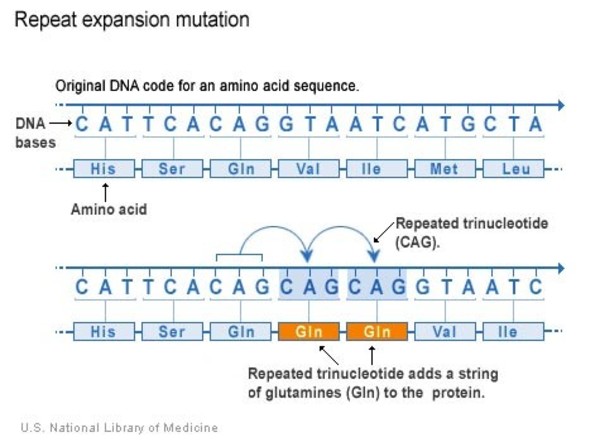



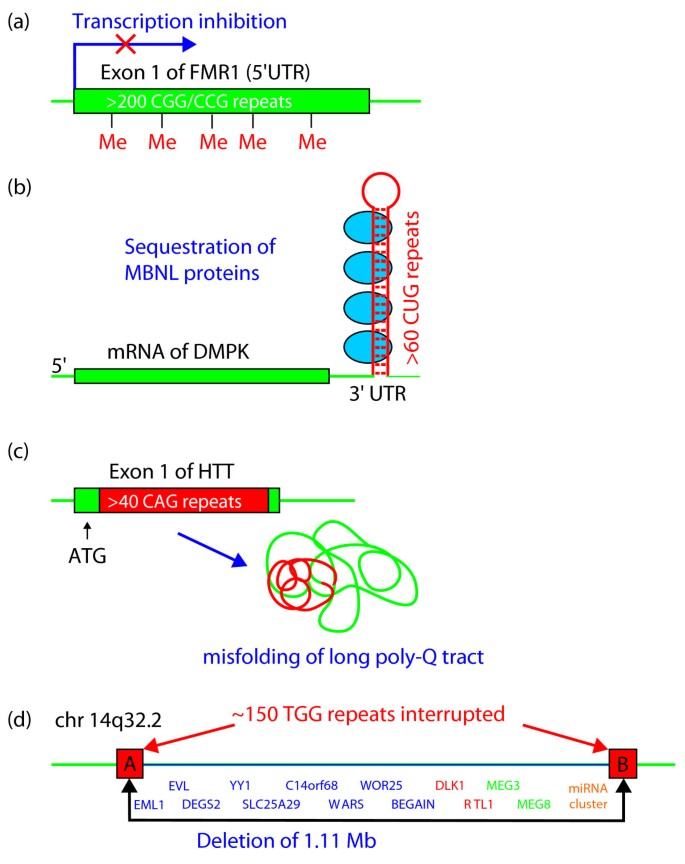


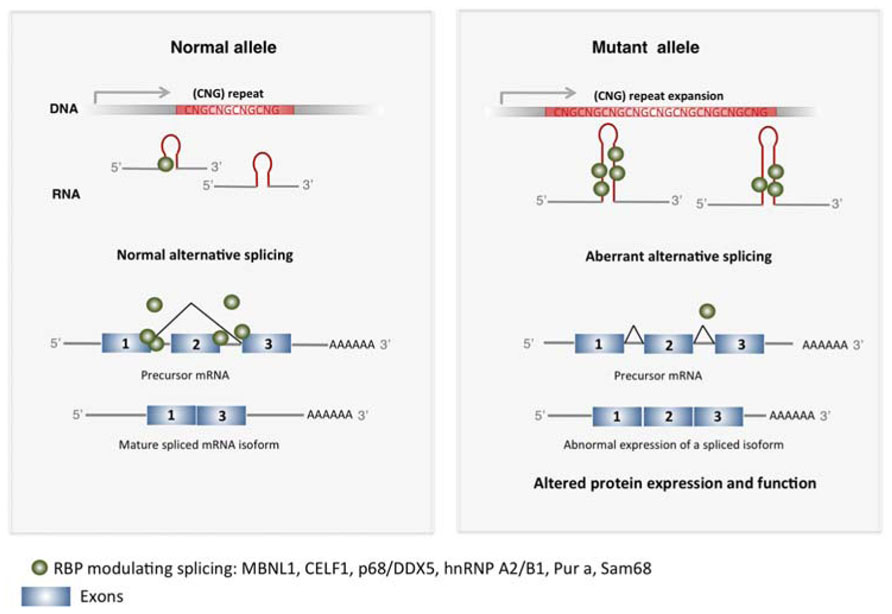




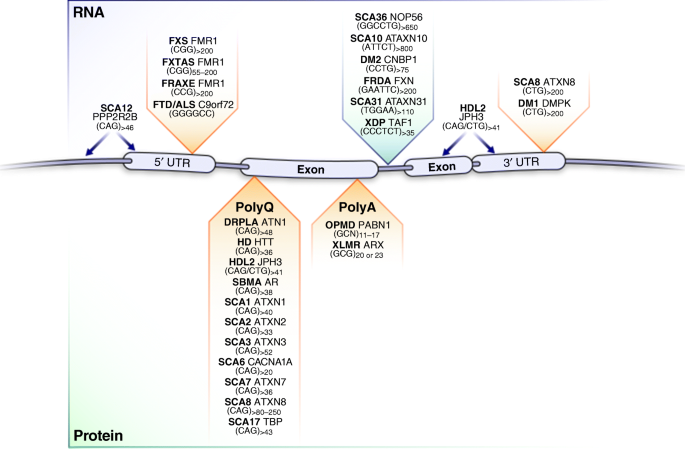
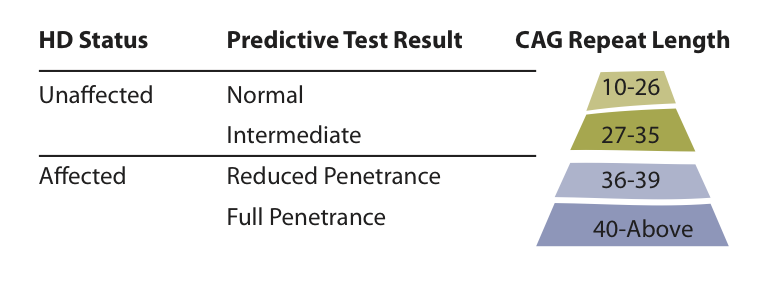
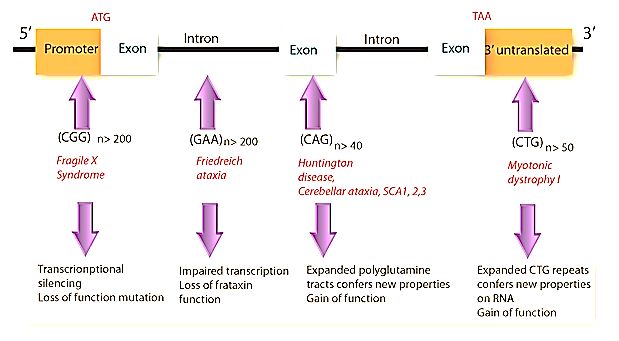


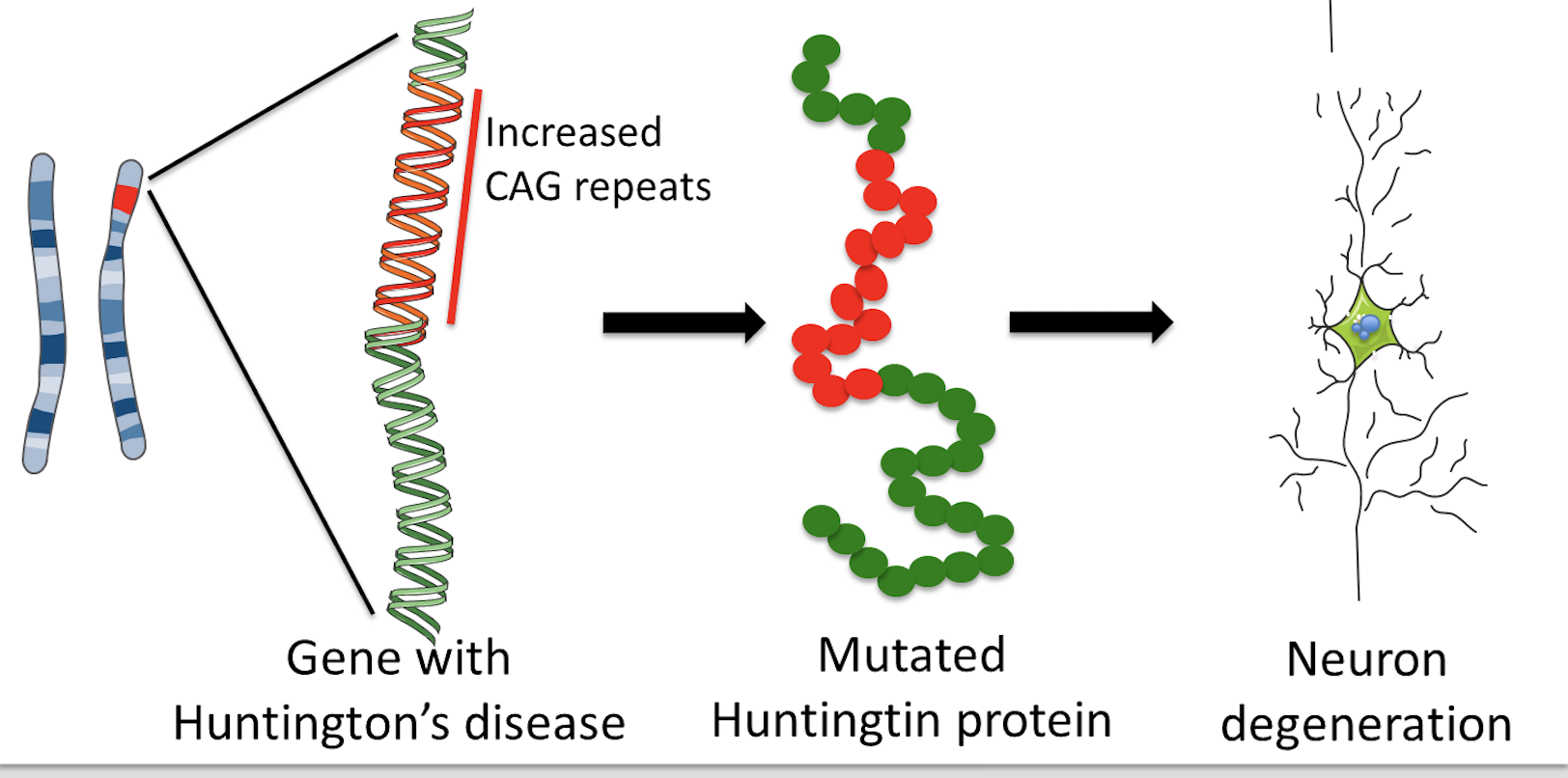

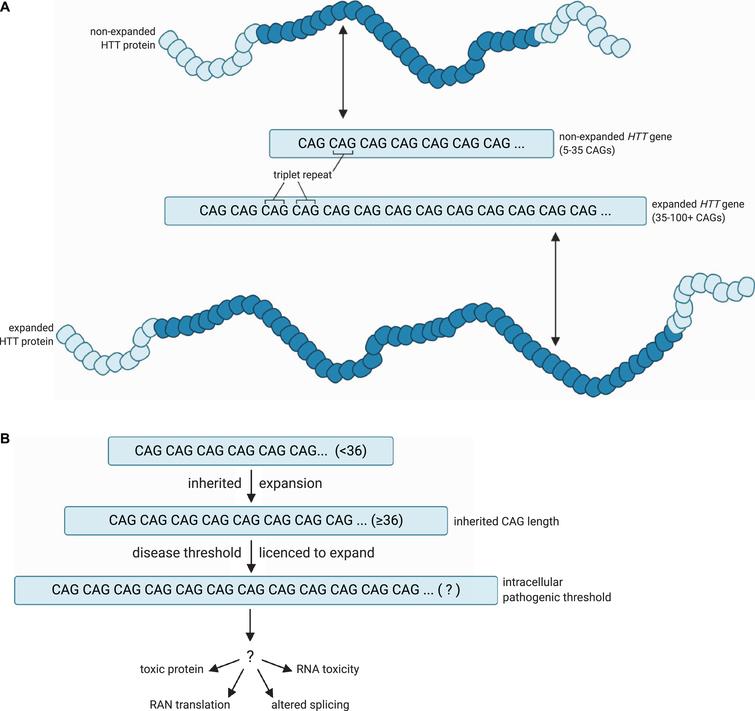



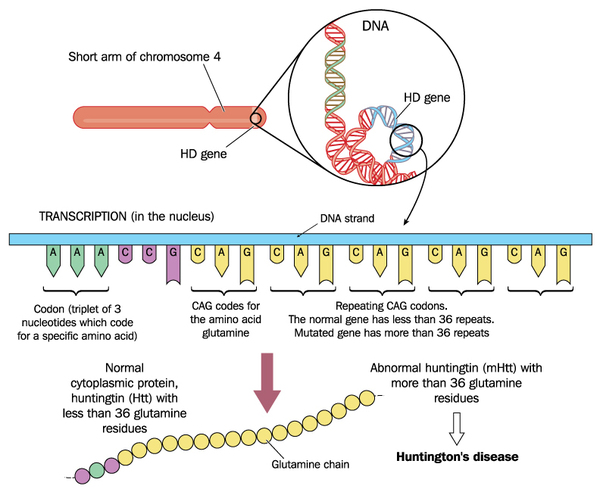
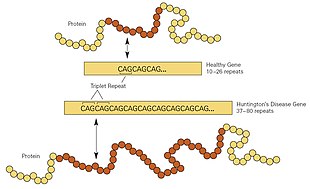


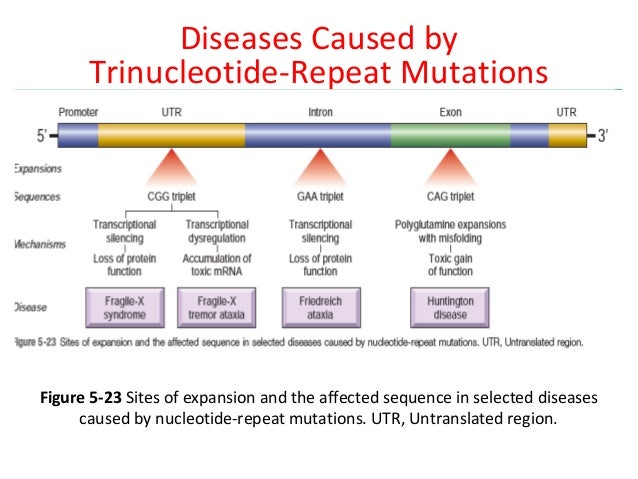
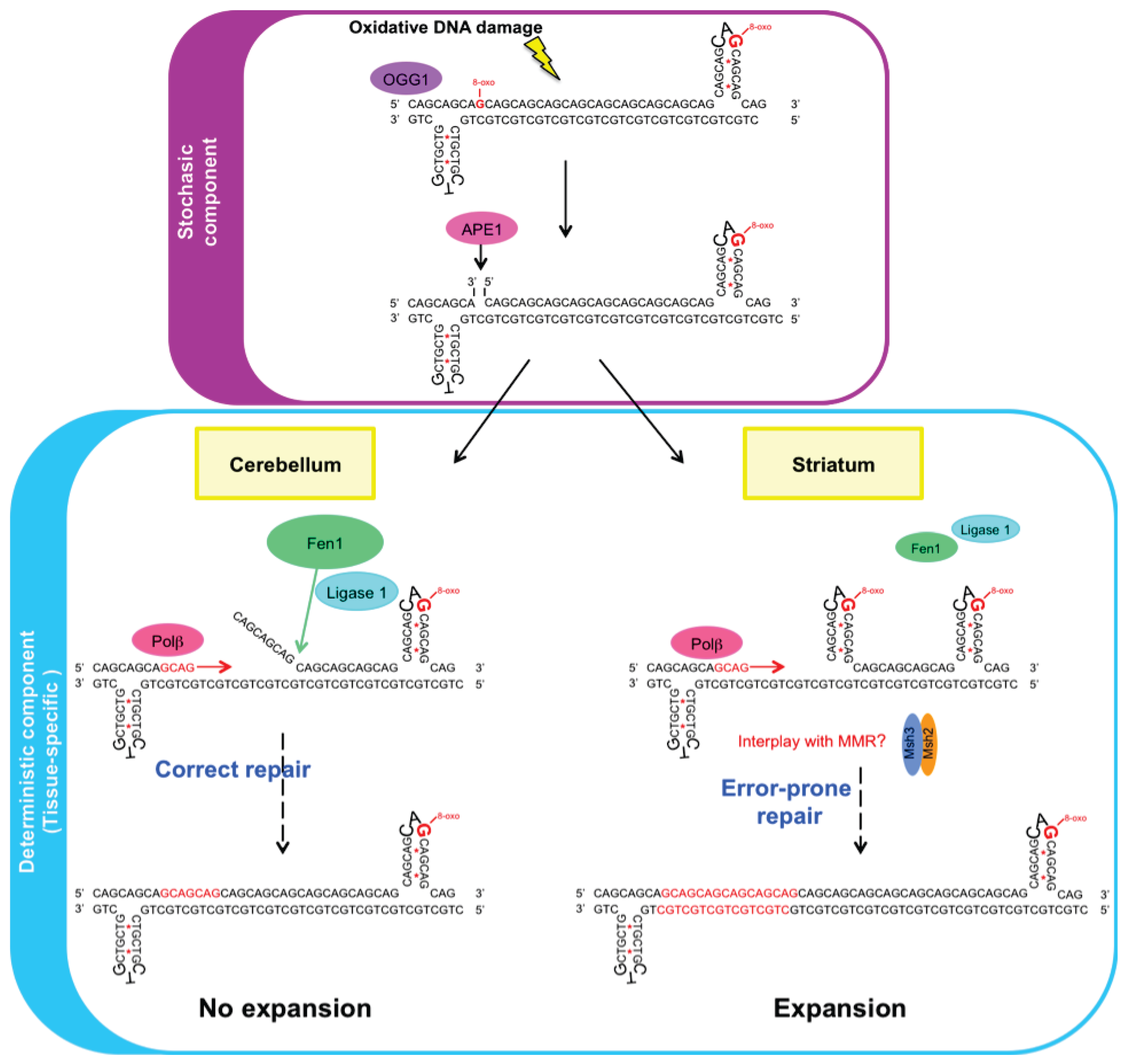
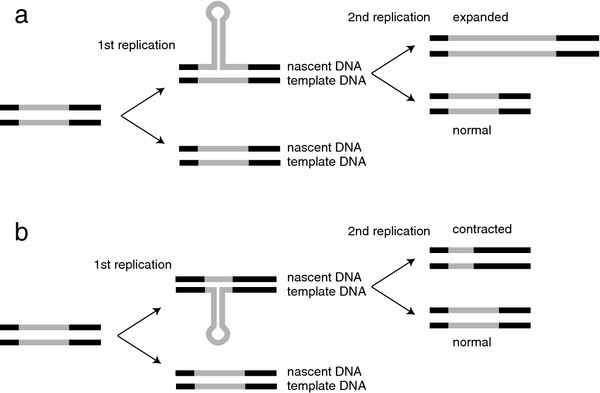




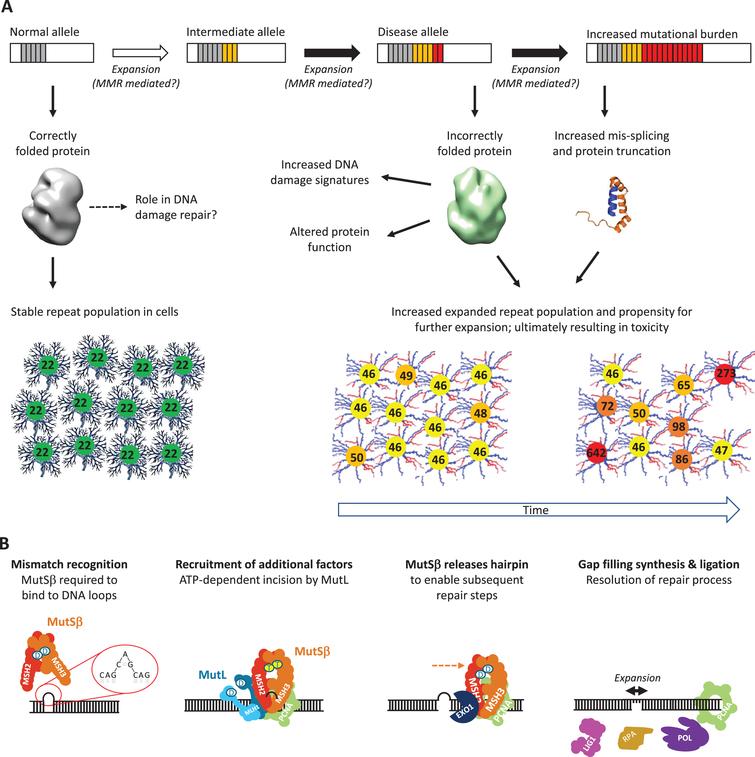
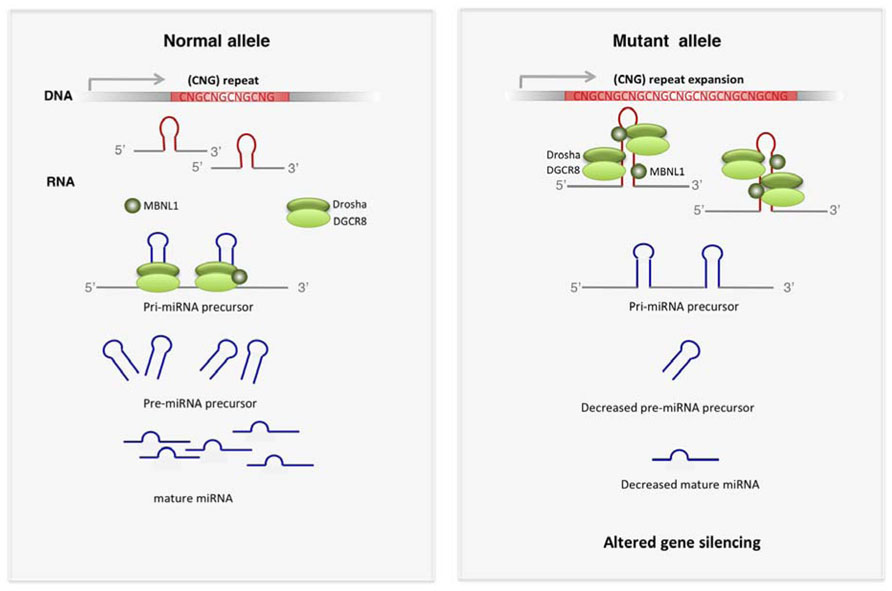







Post a Comment for "Trinucleotide Repeat Expansion Huntington's Disease"